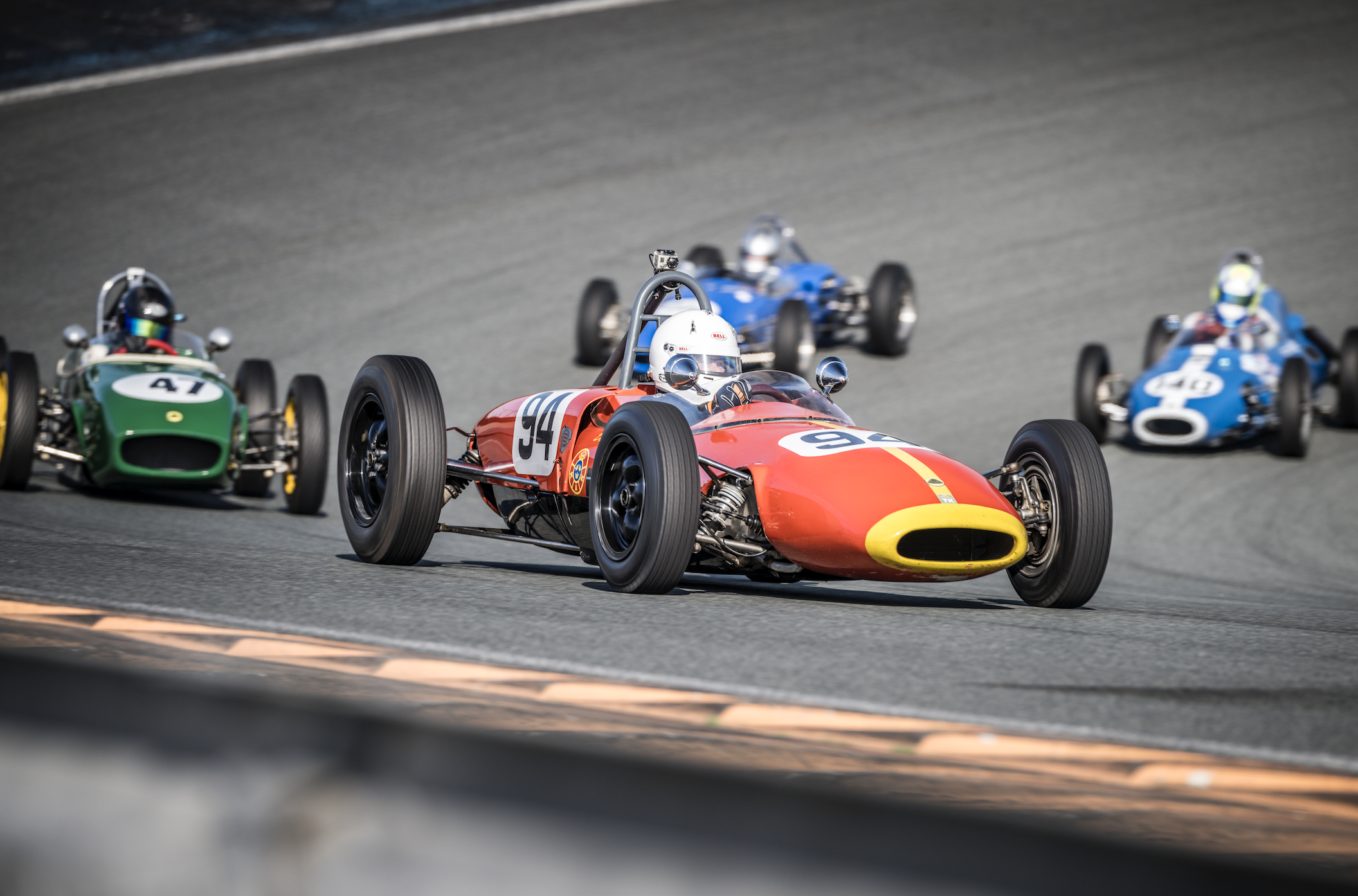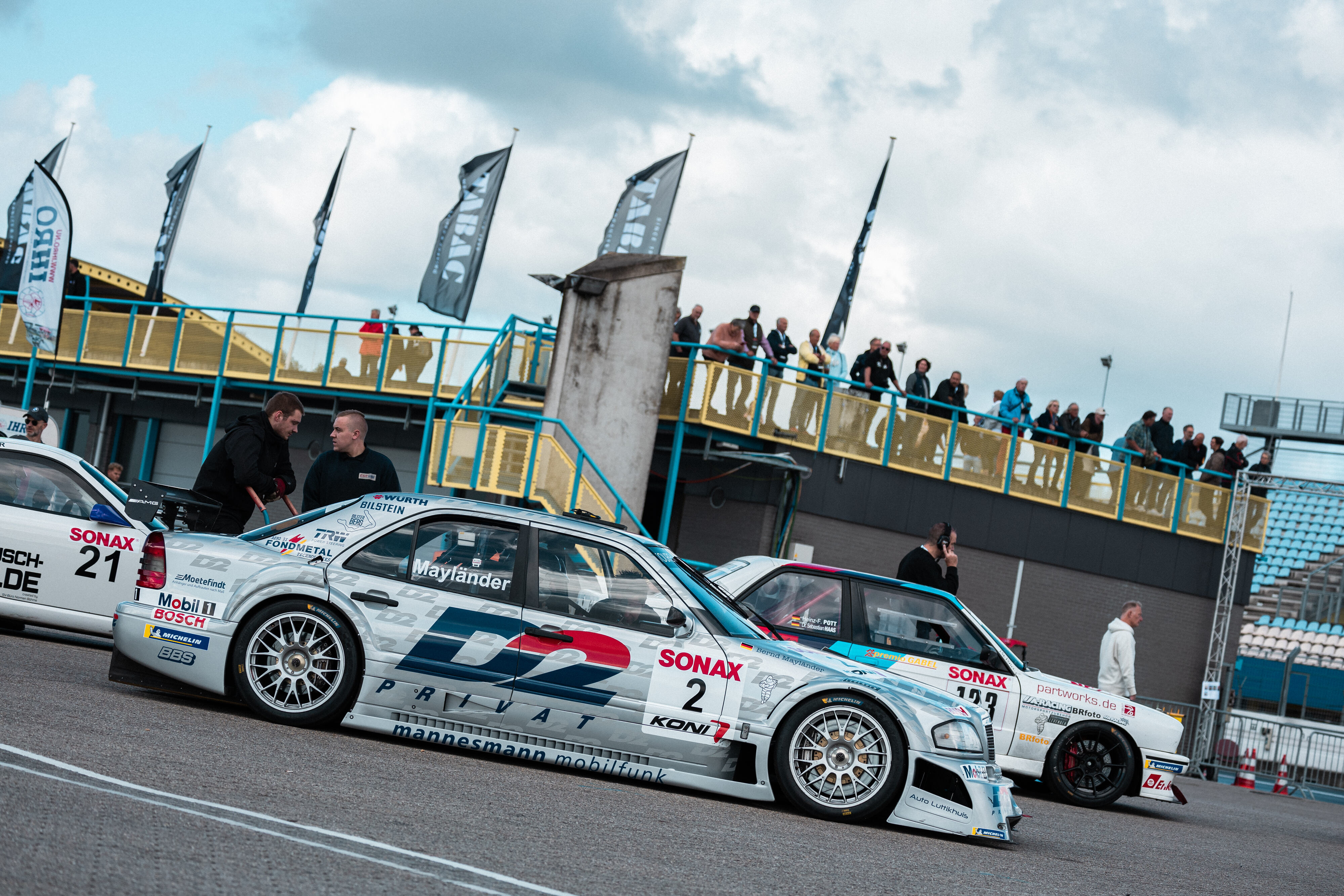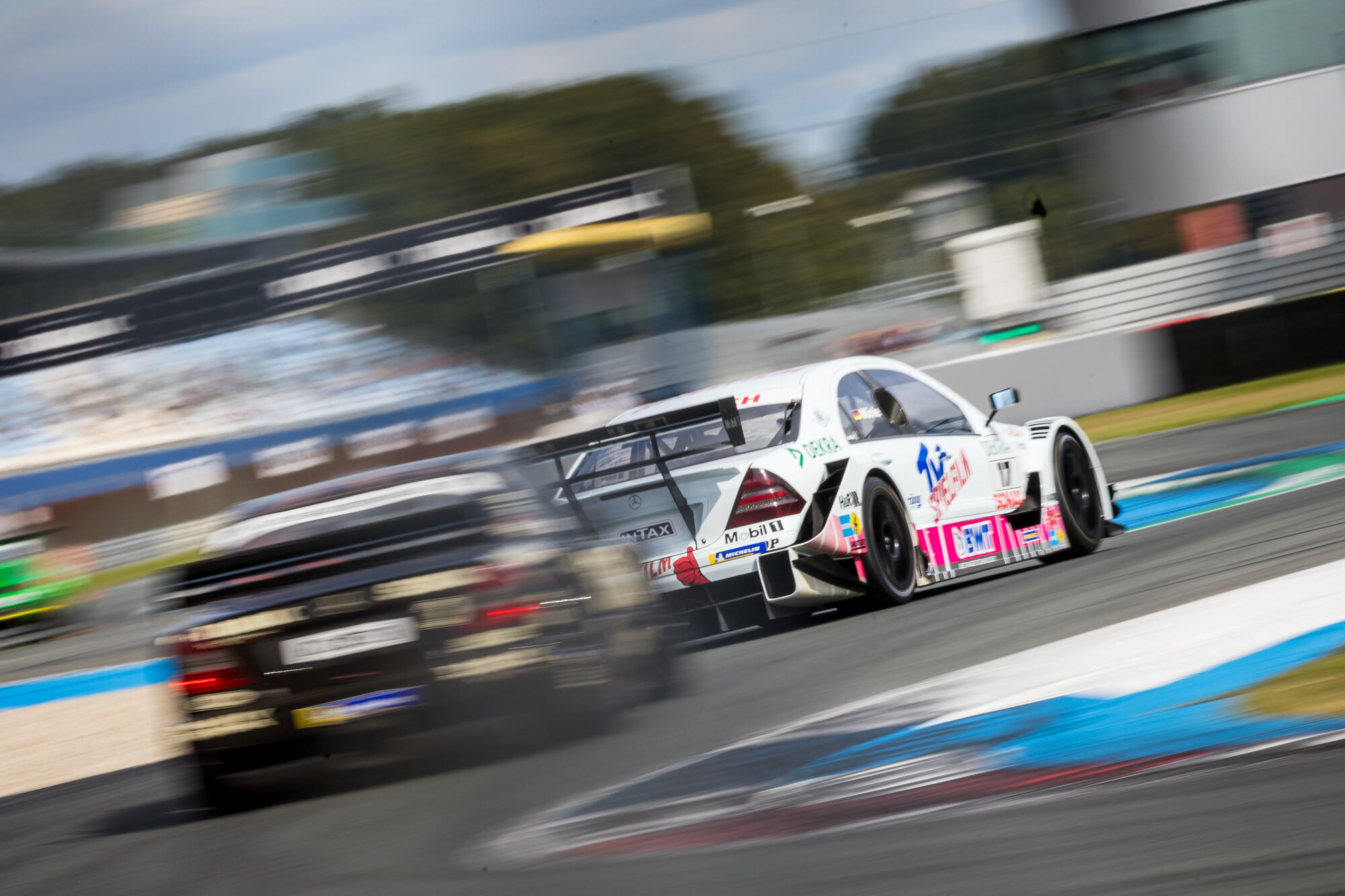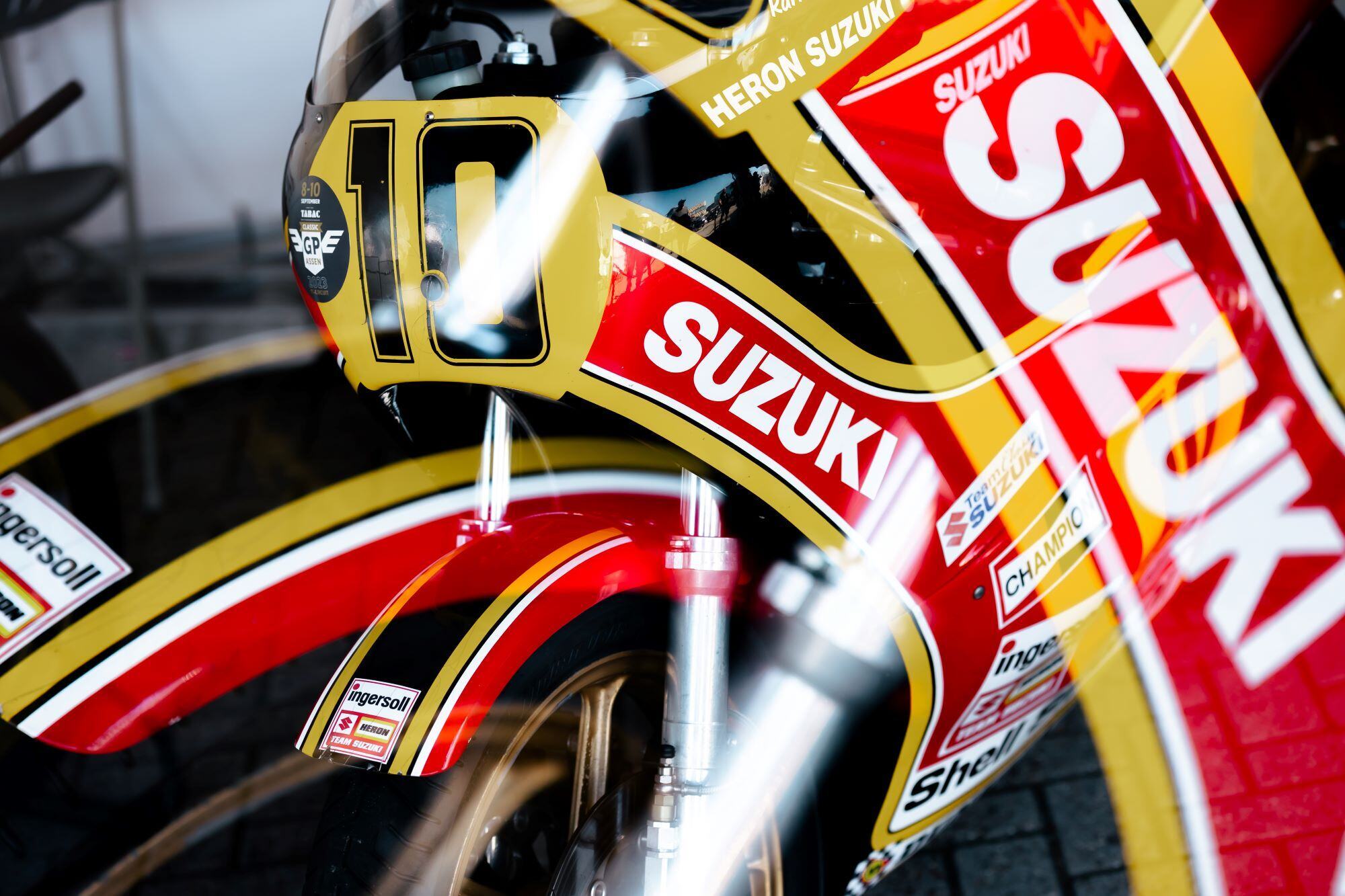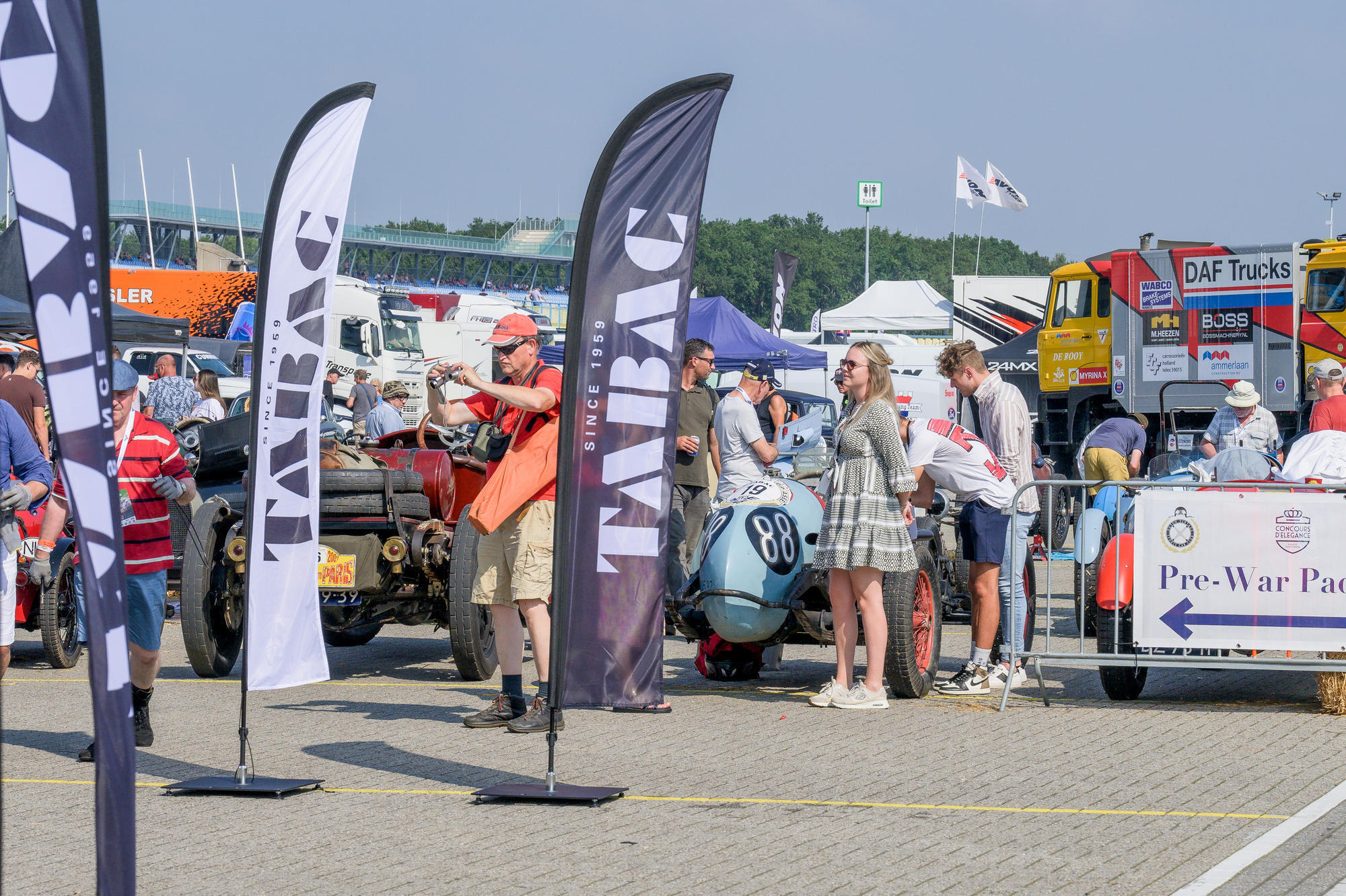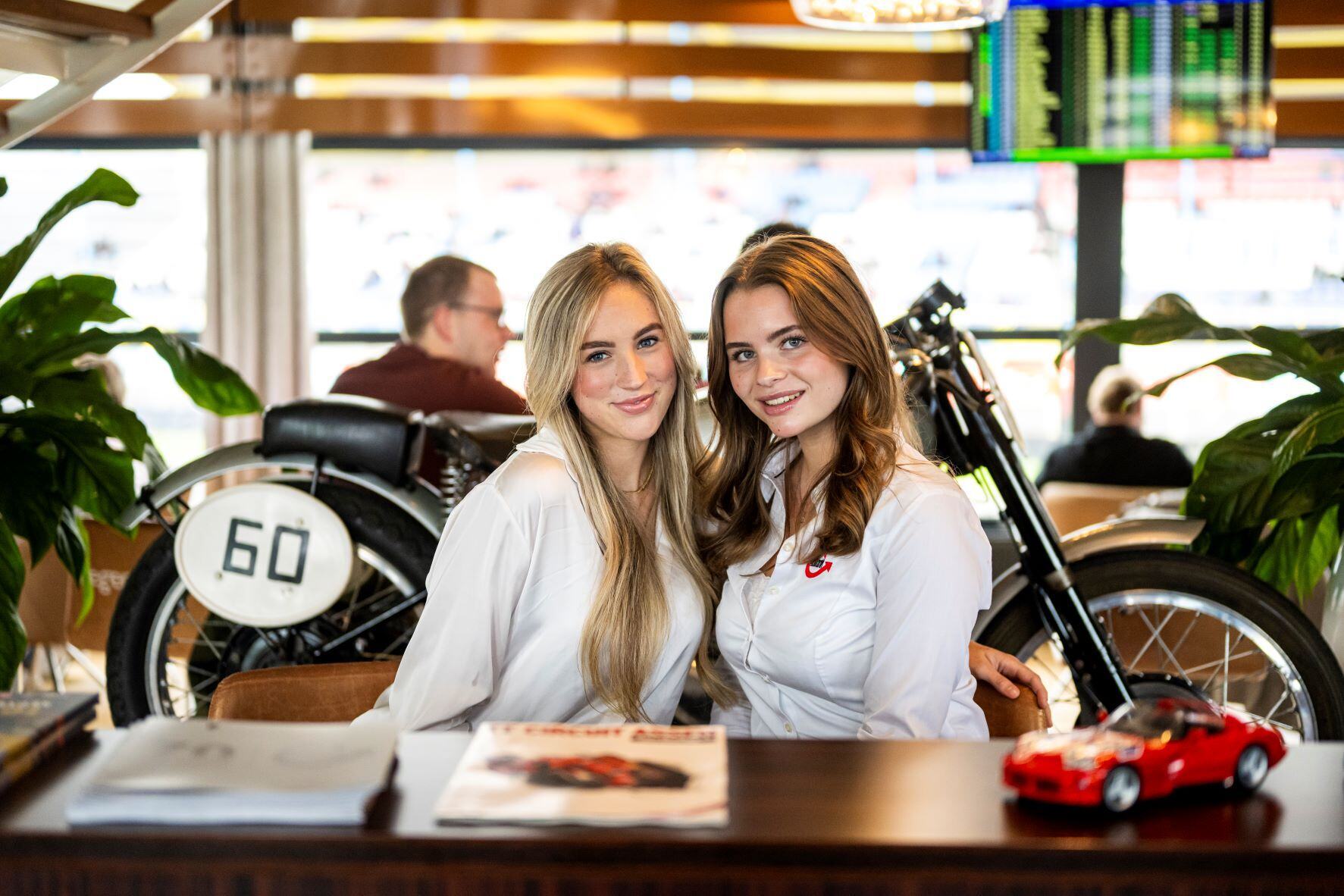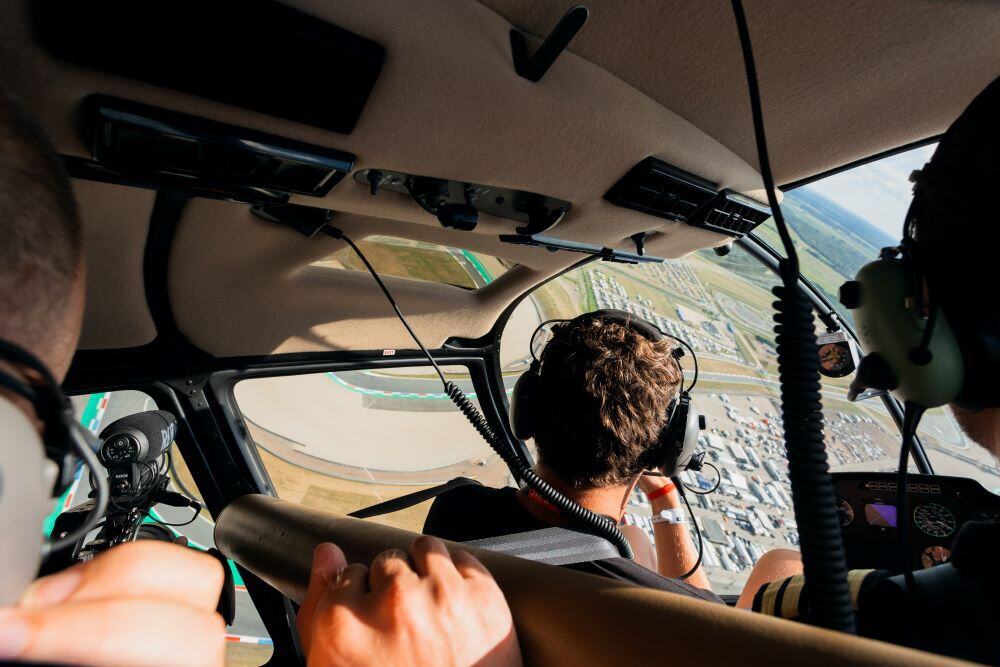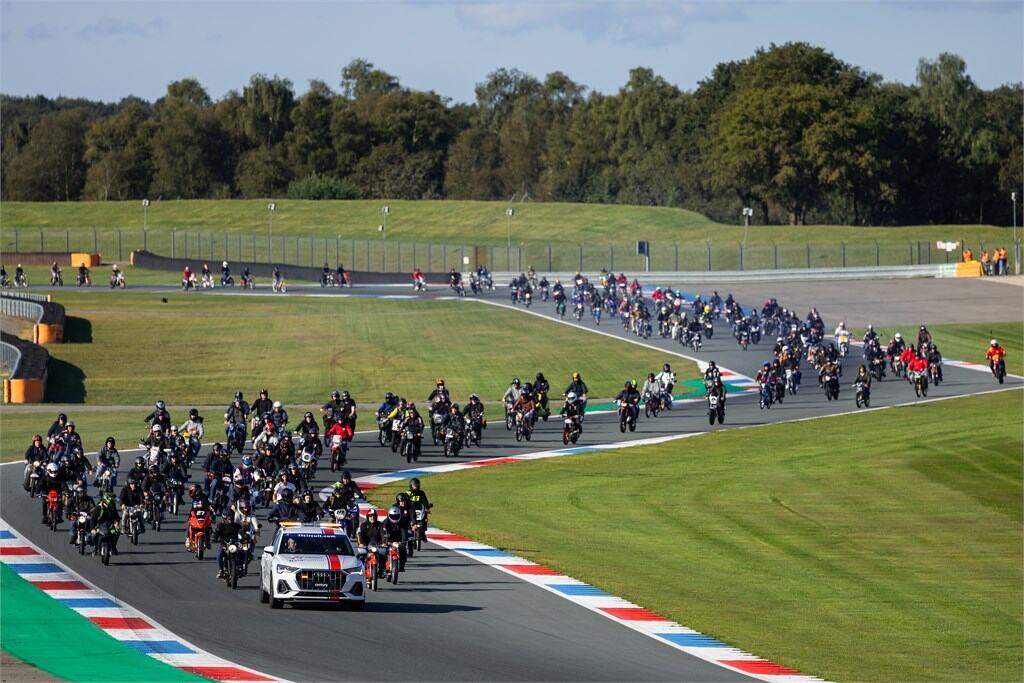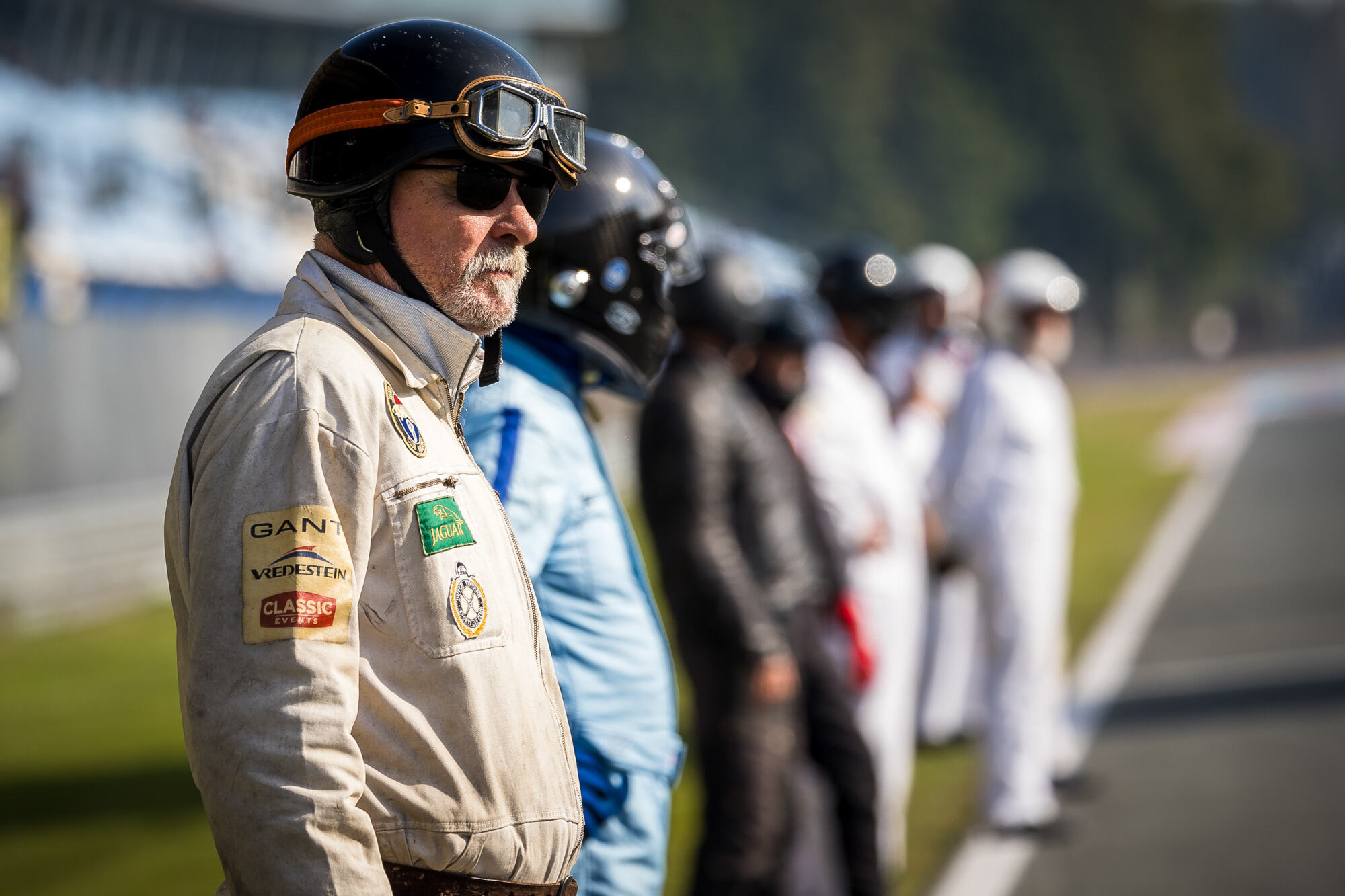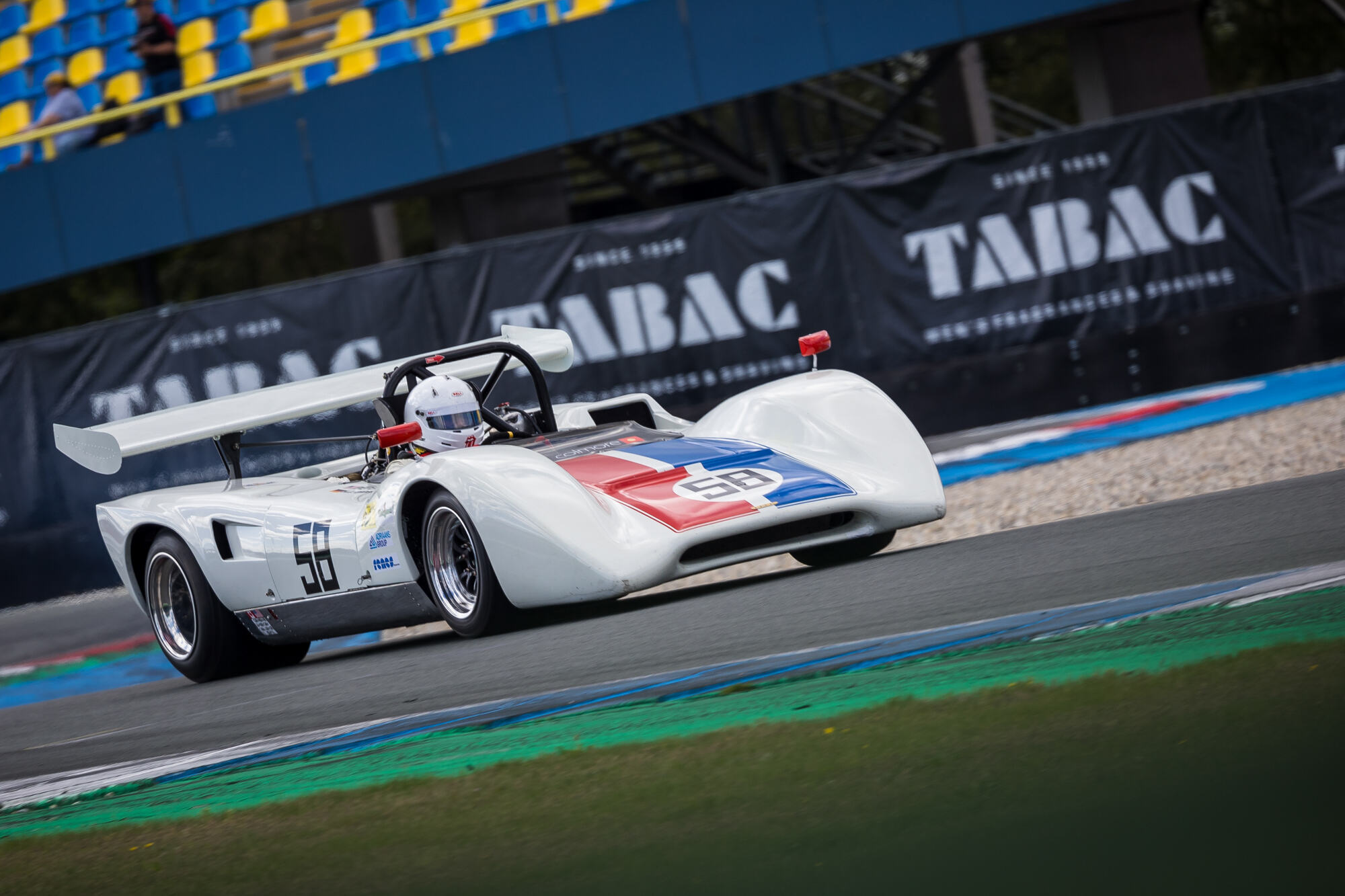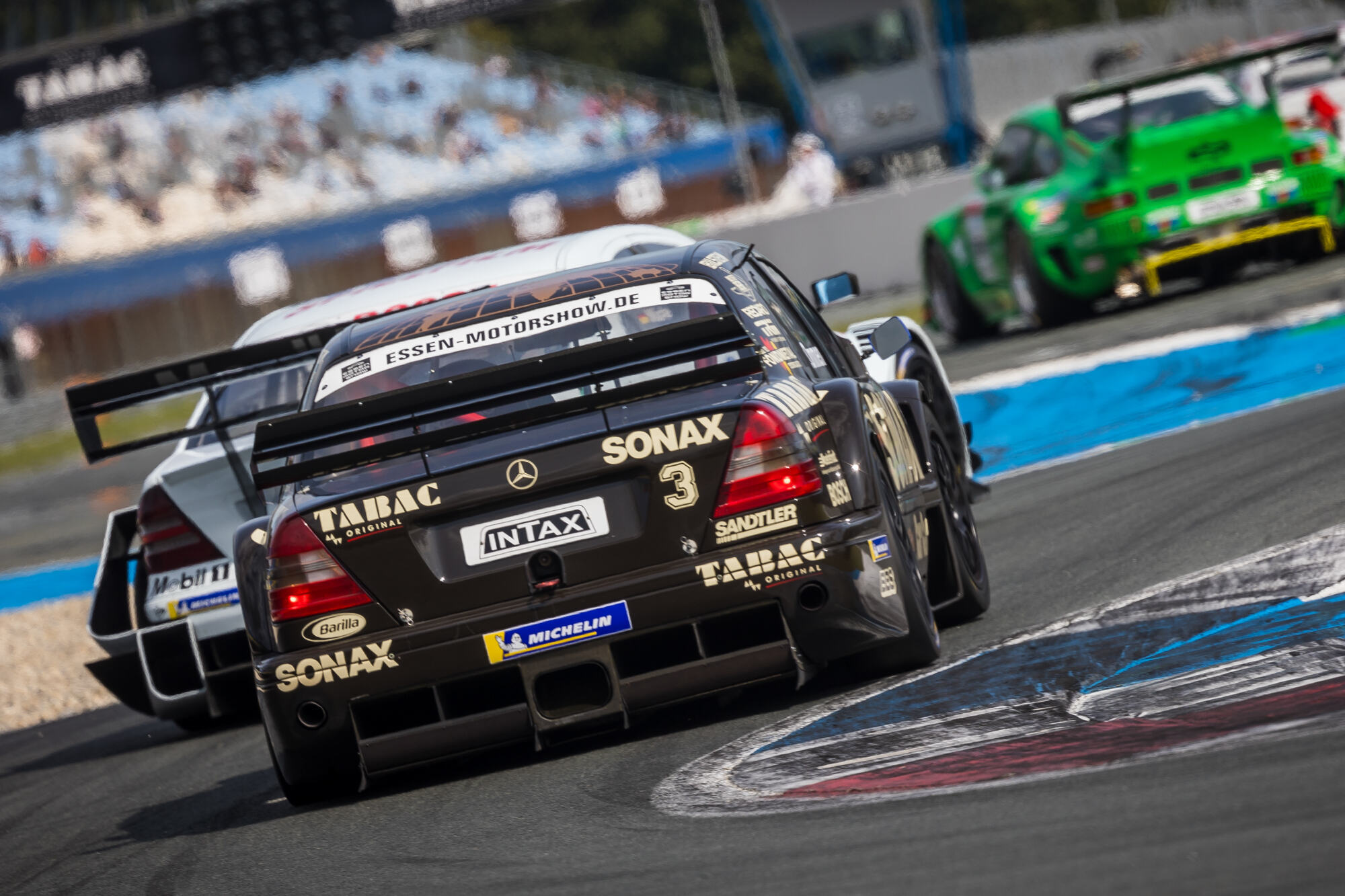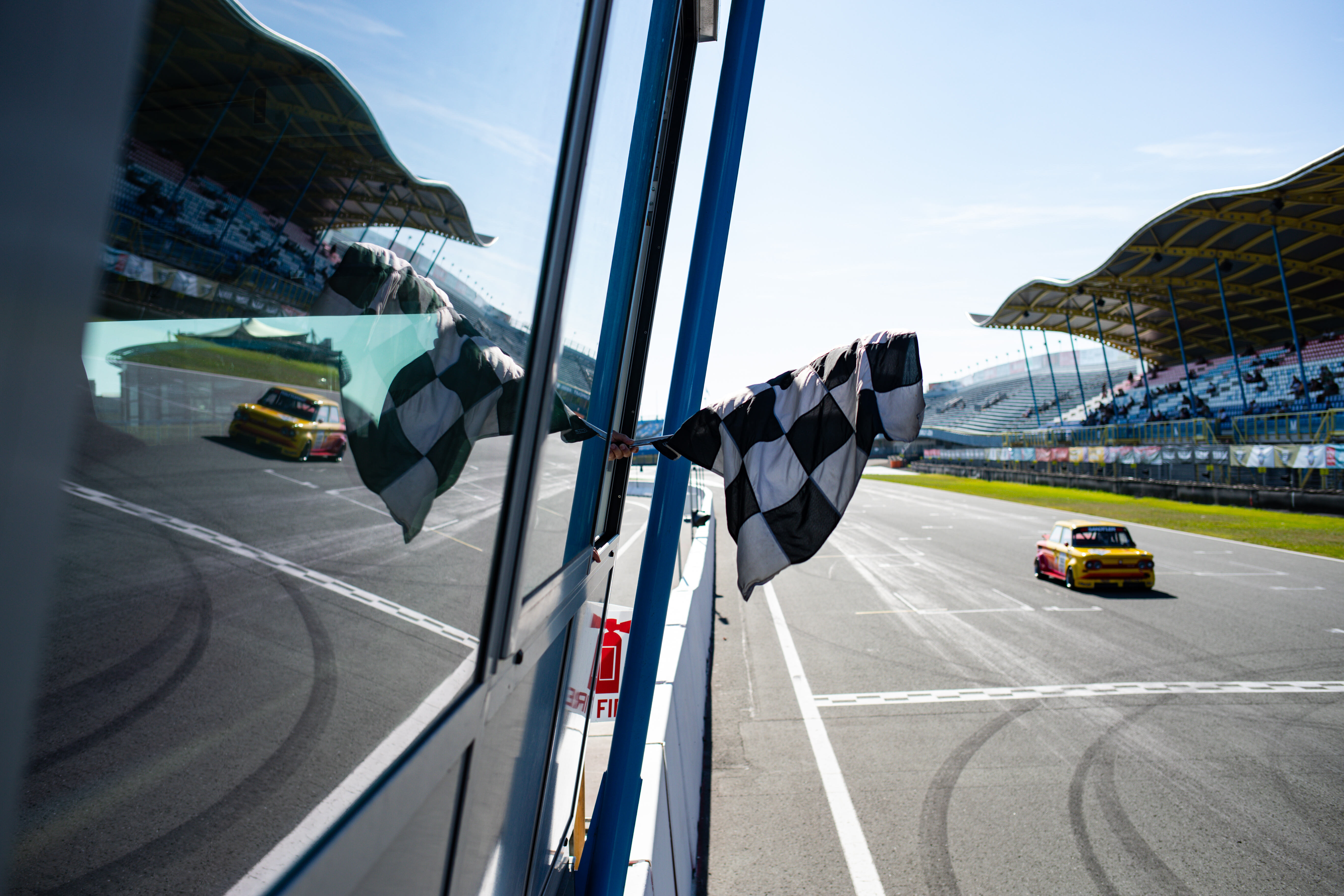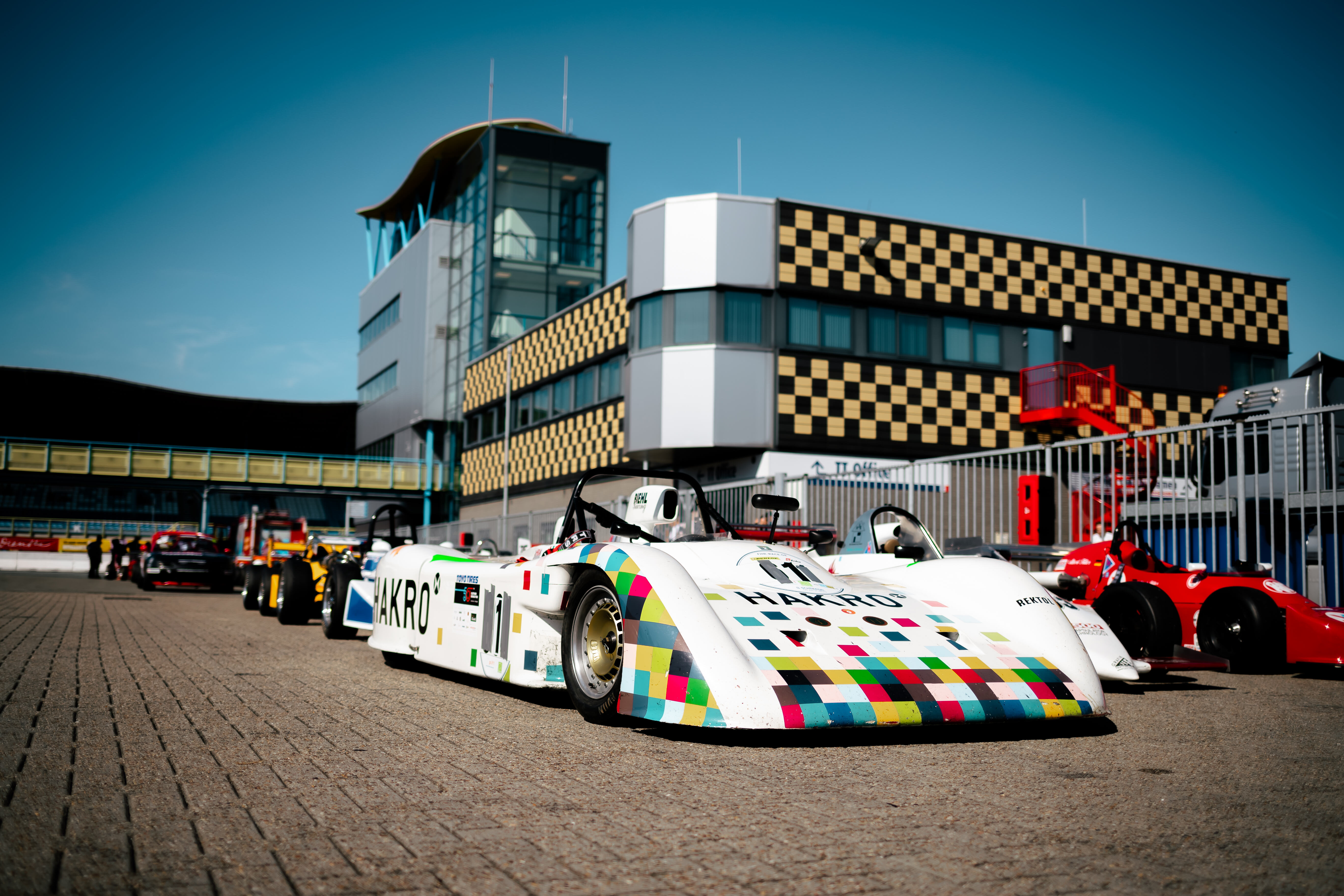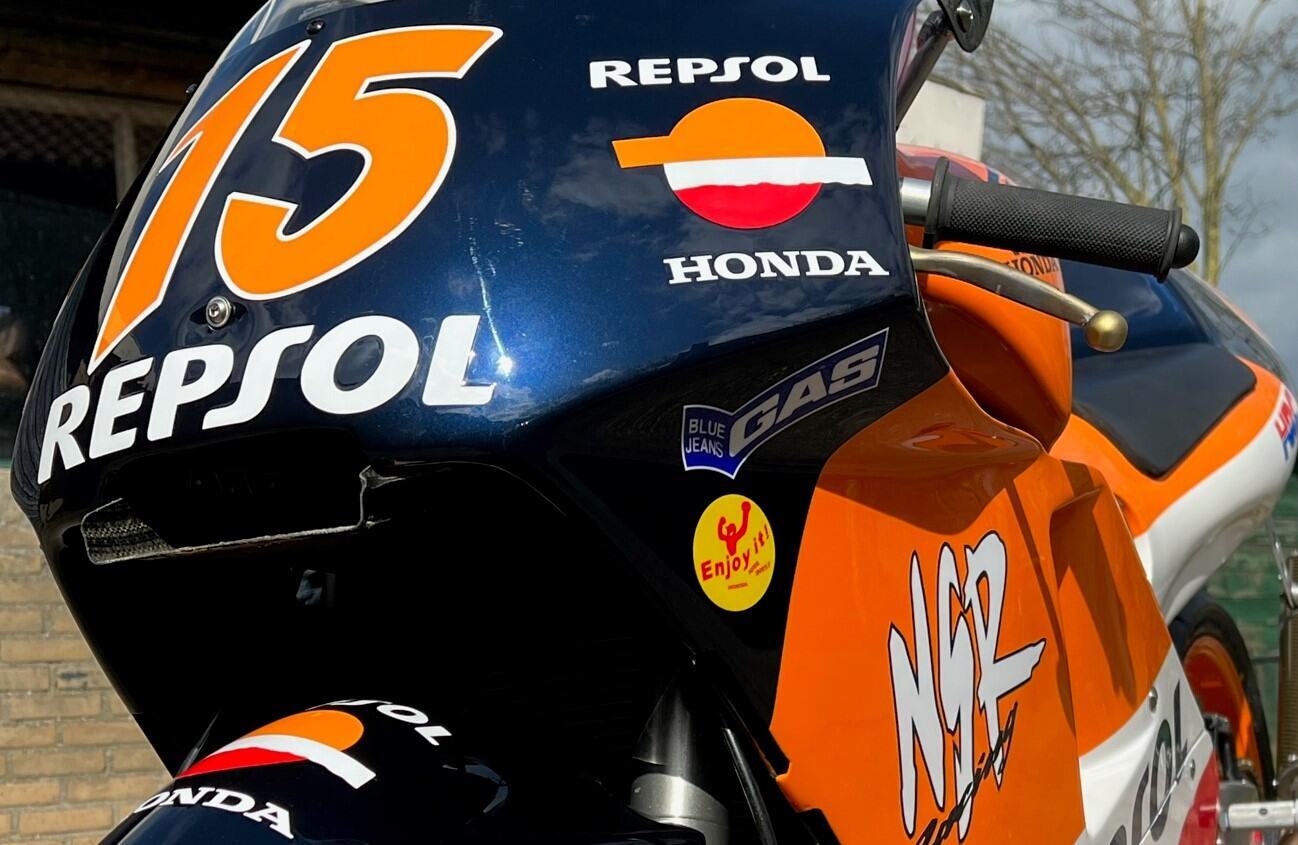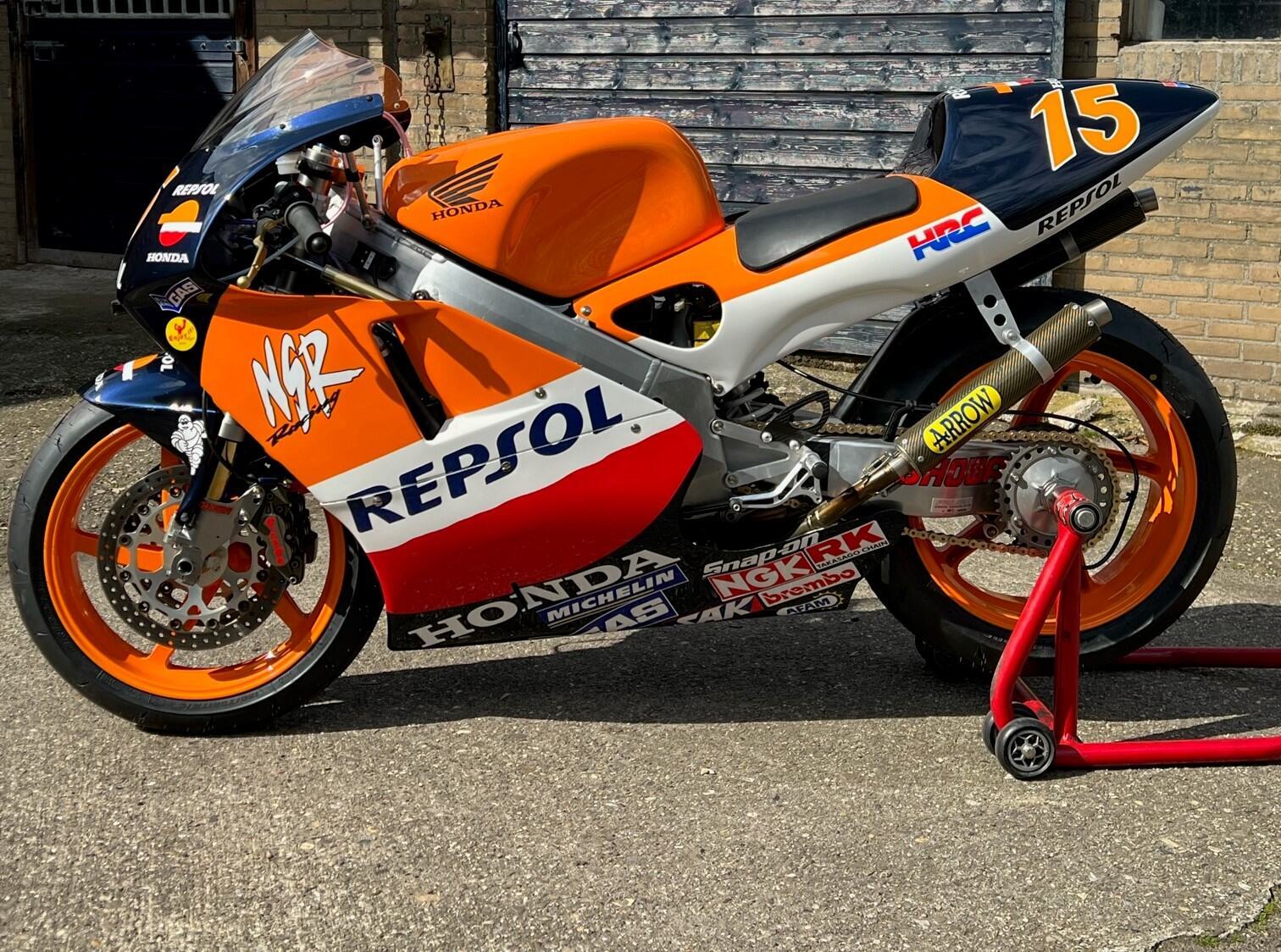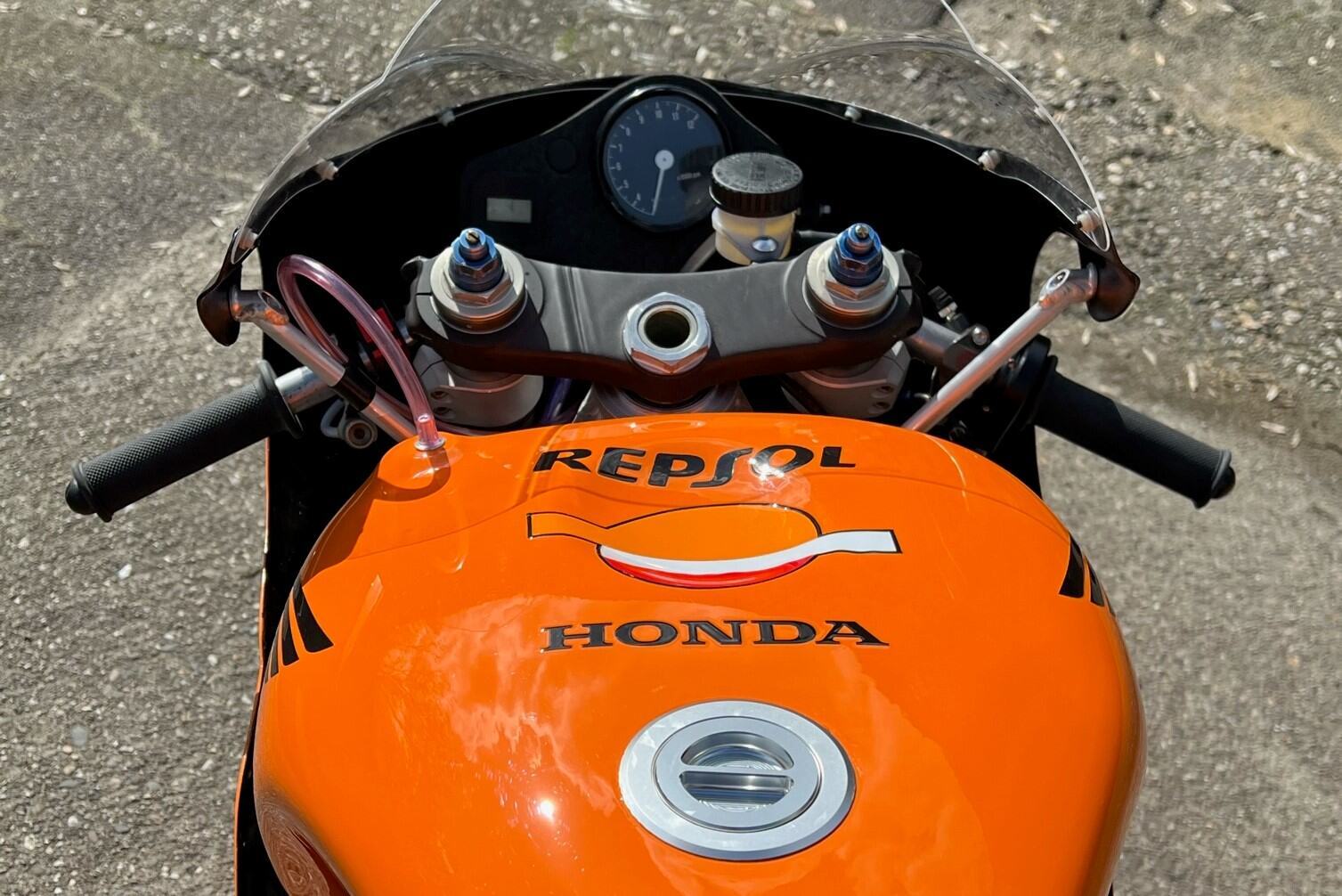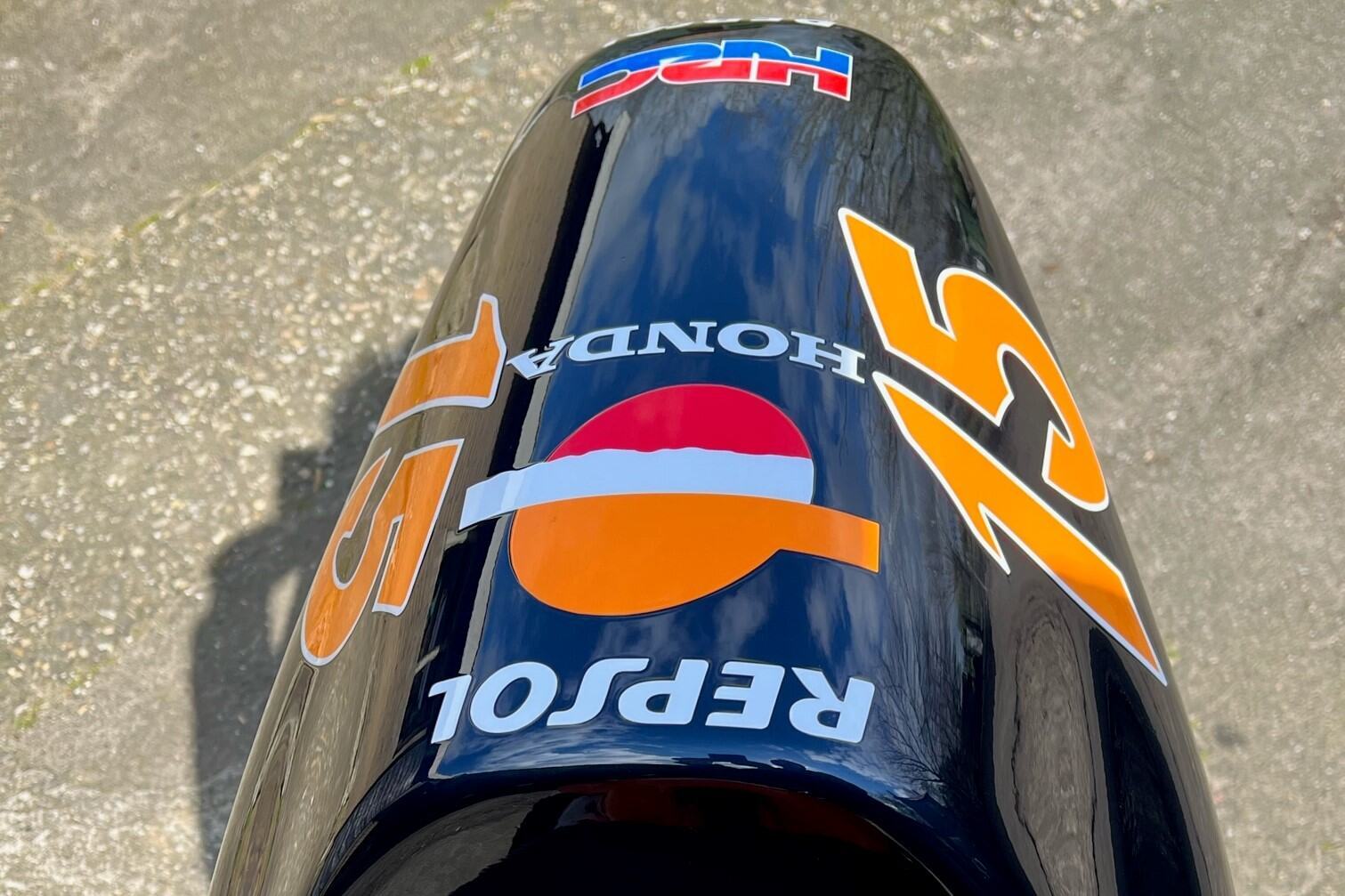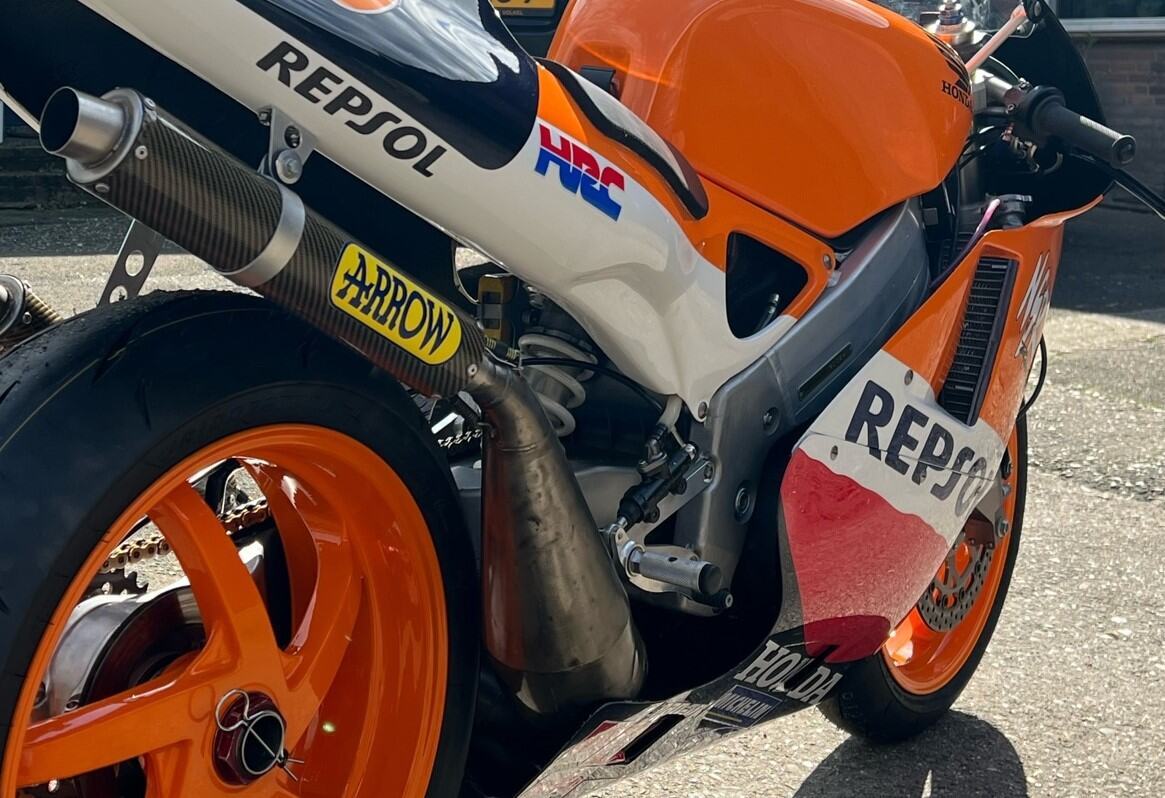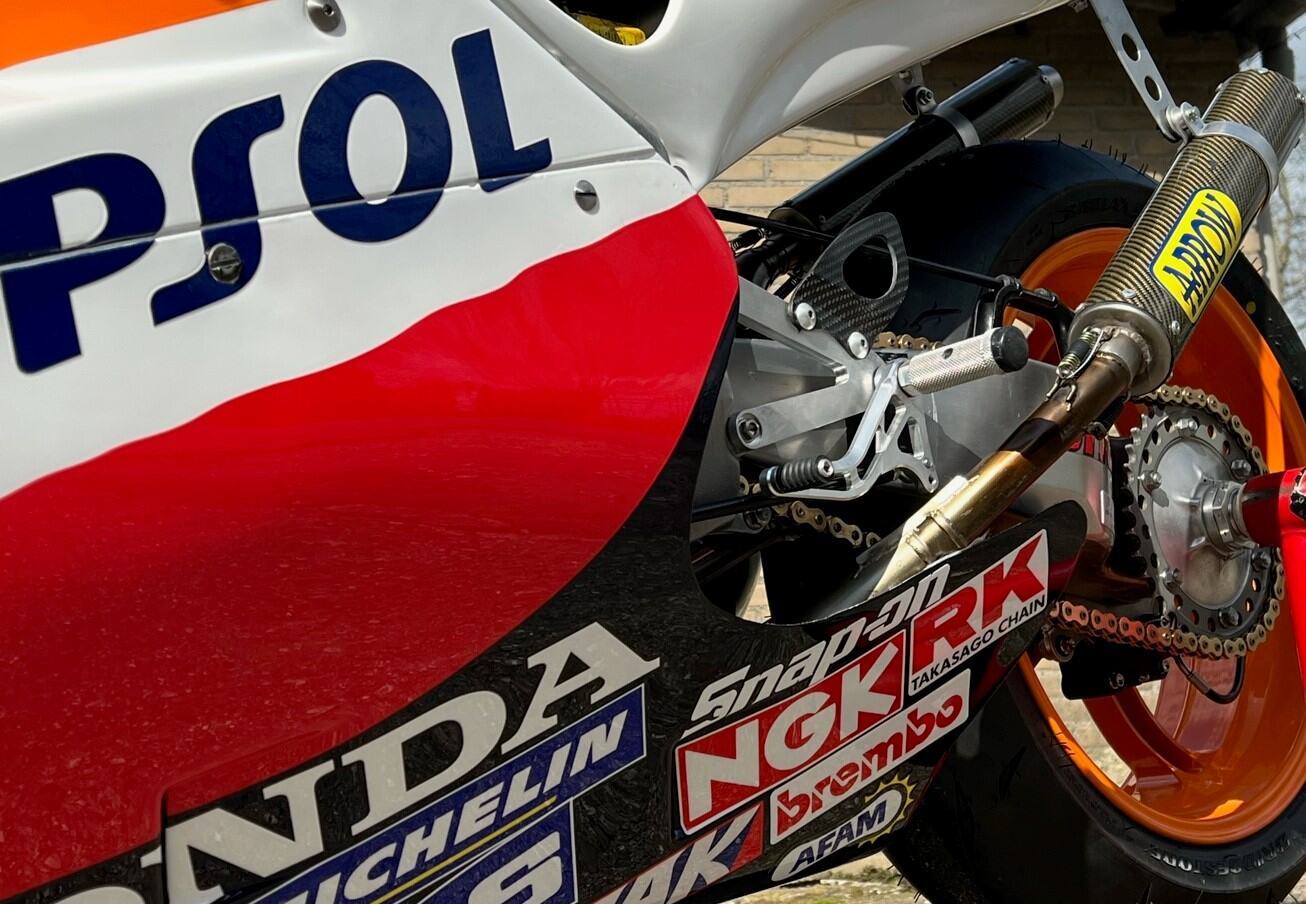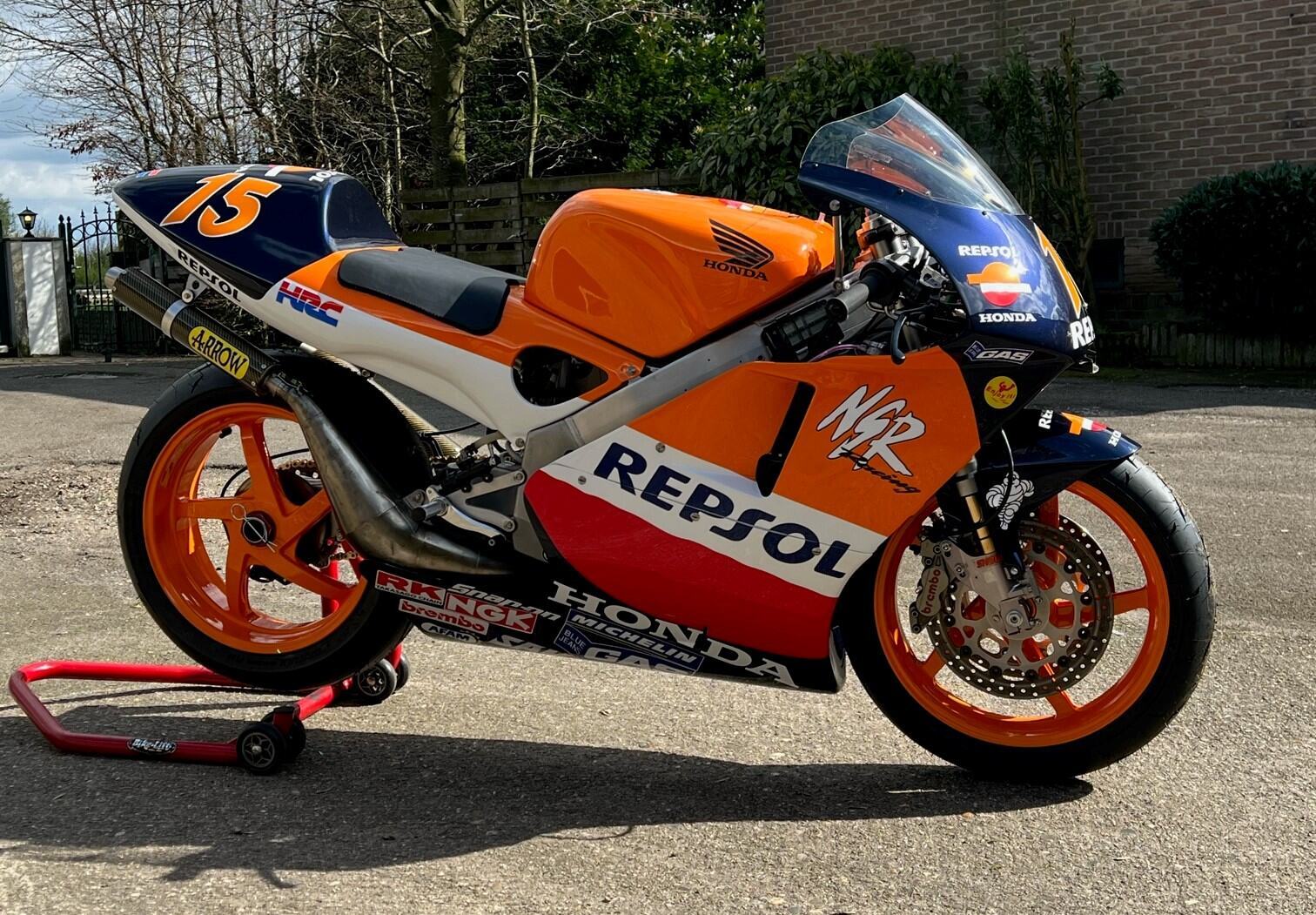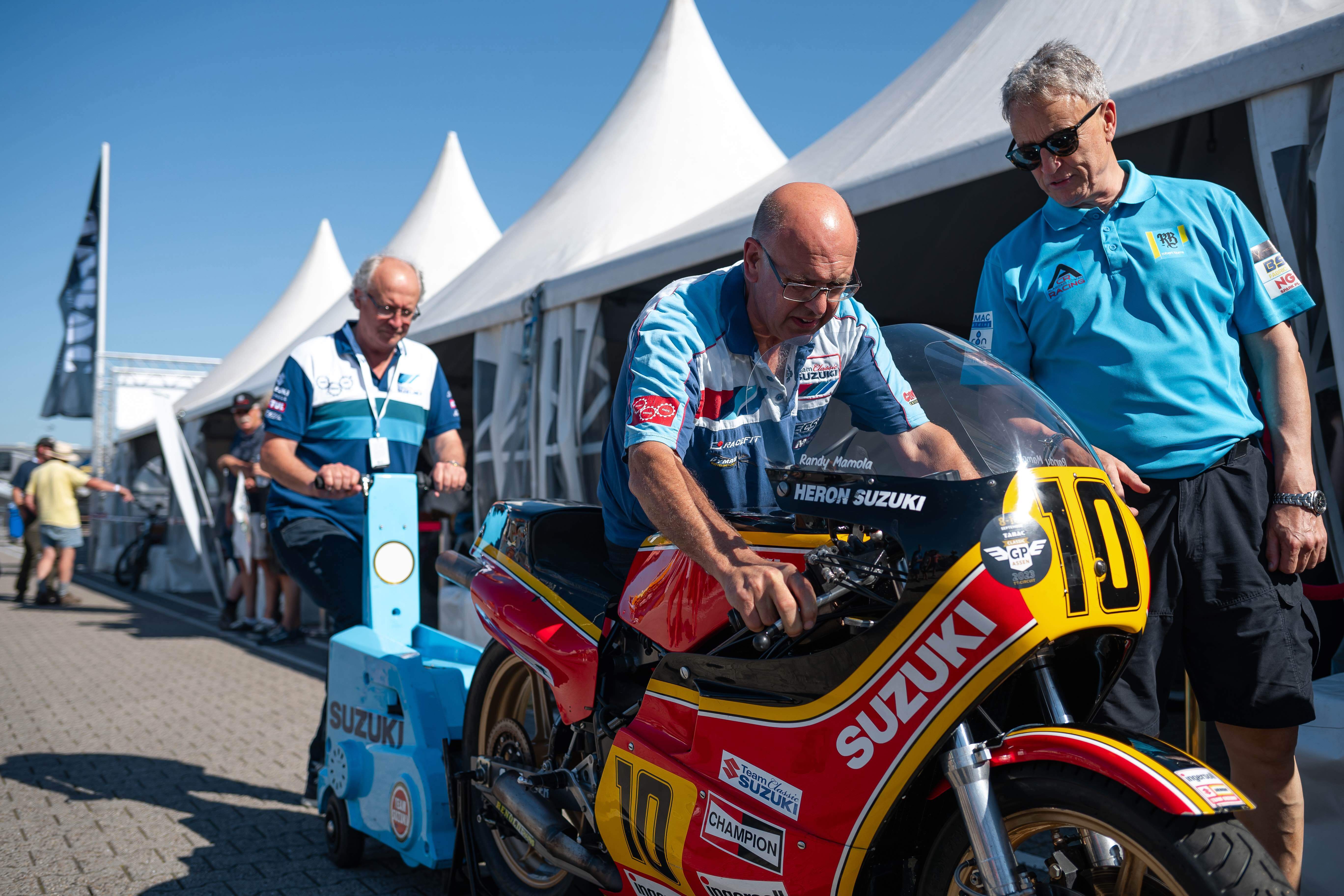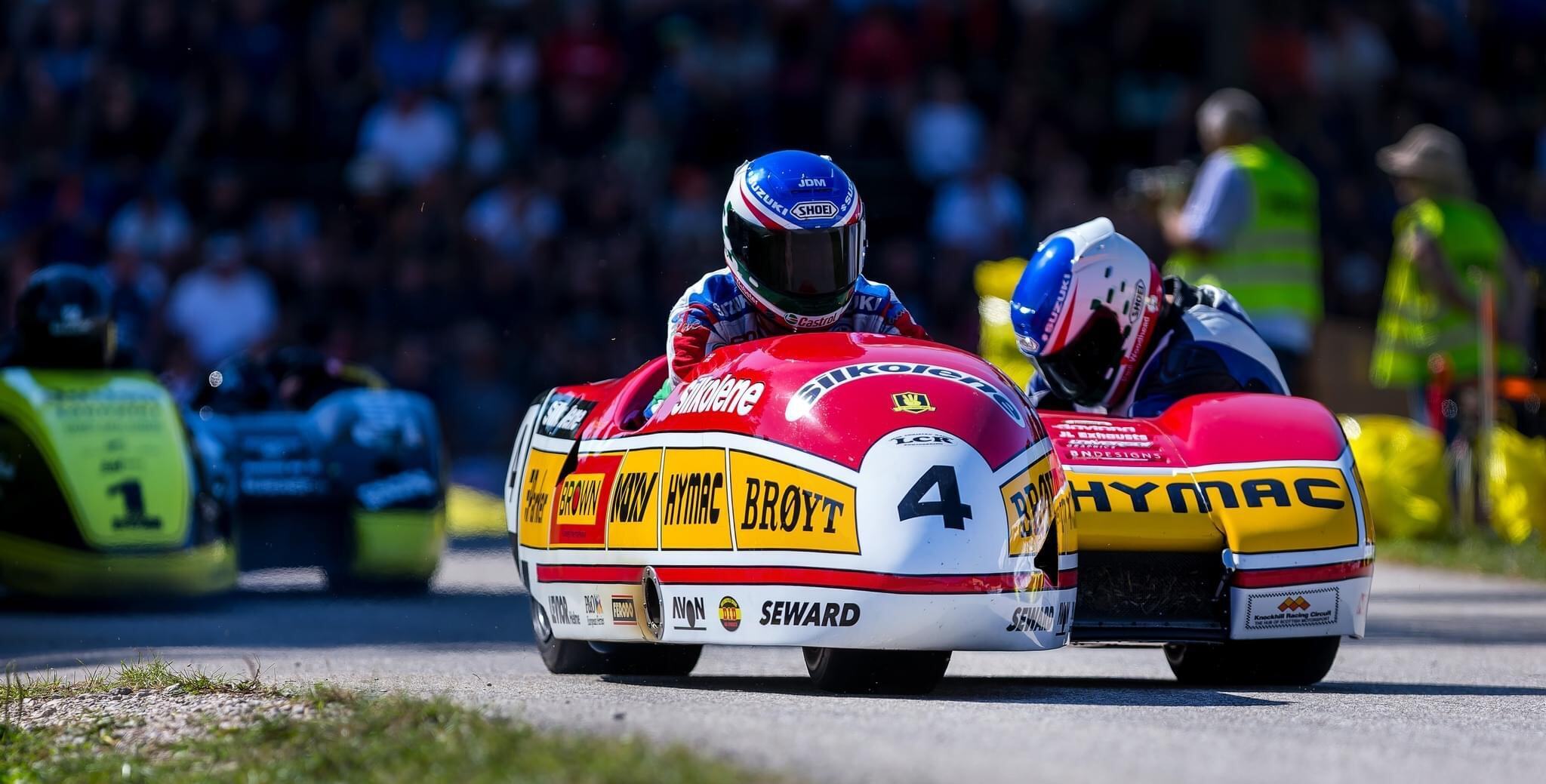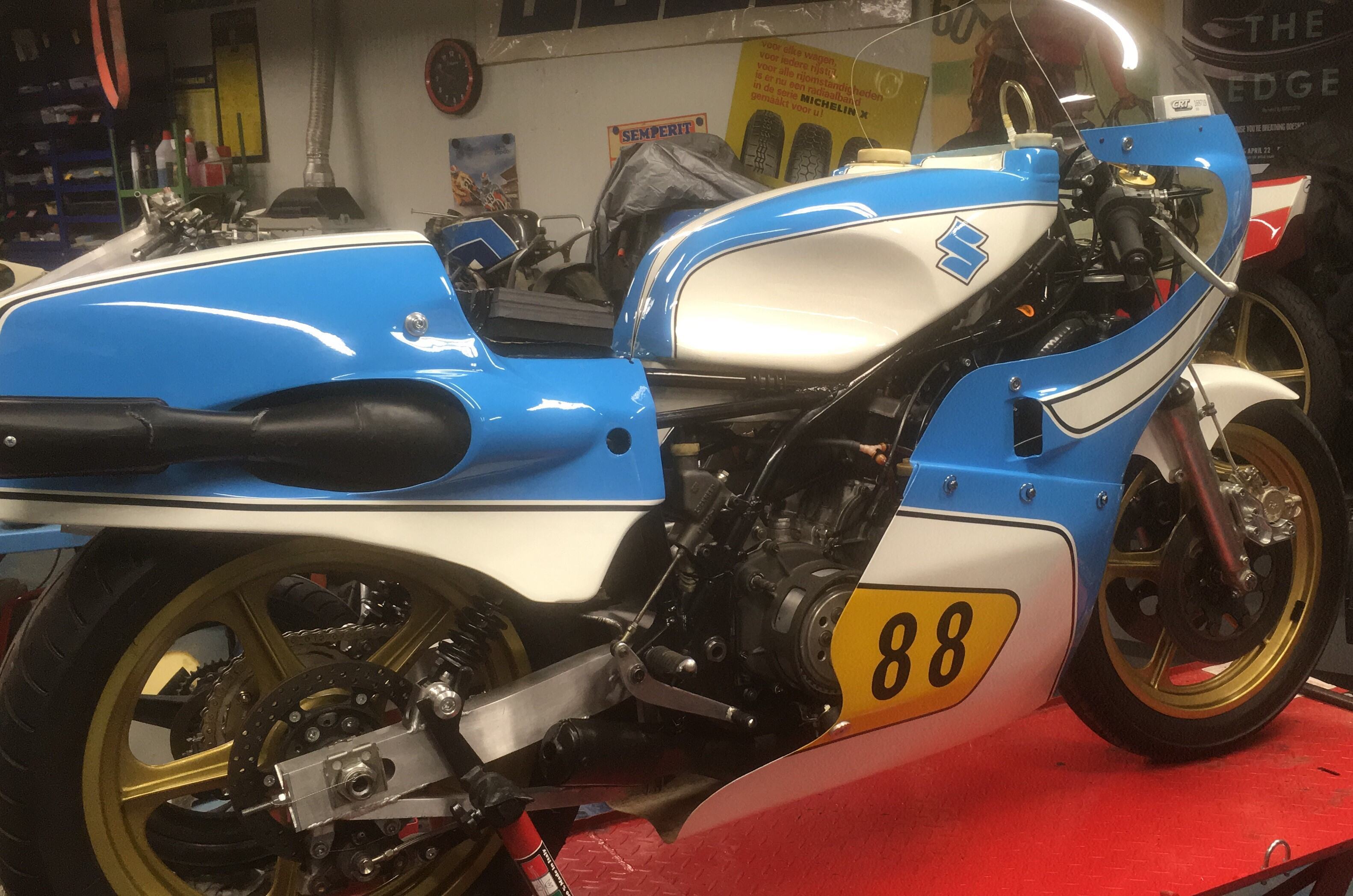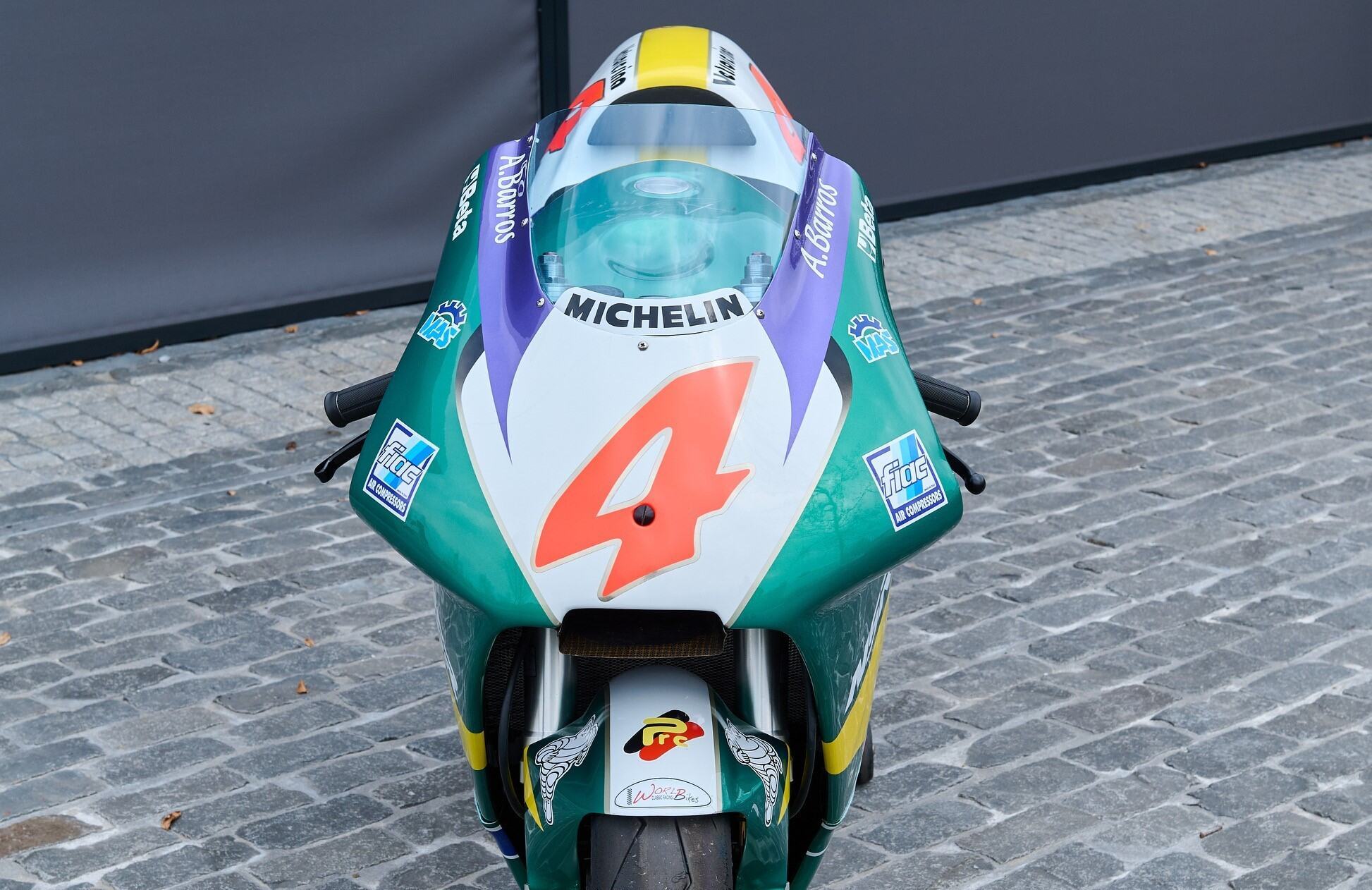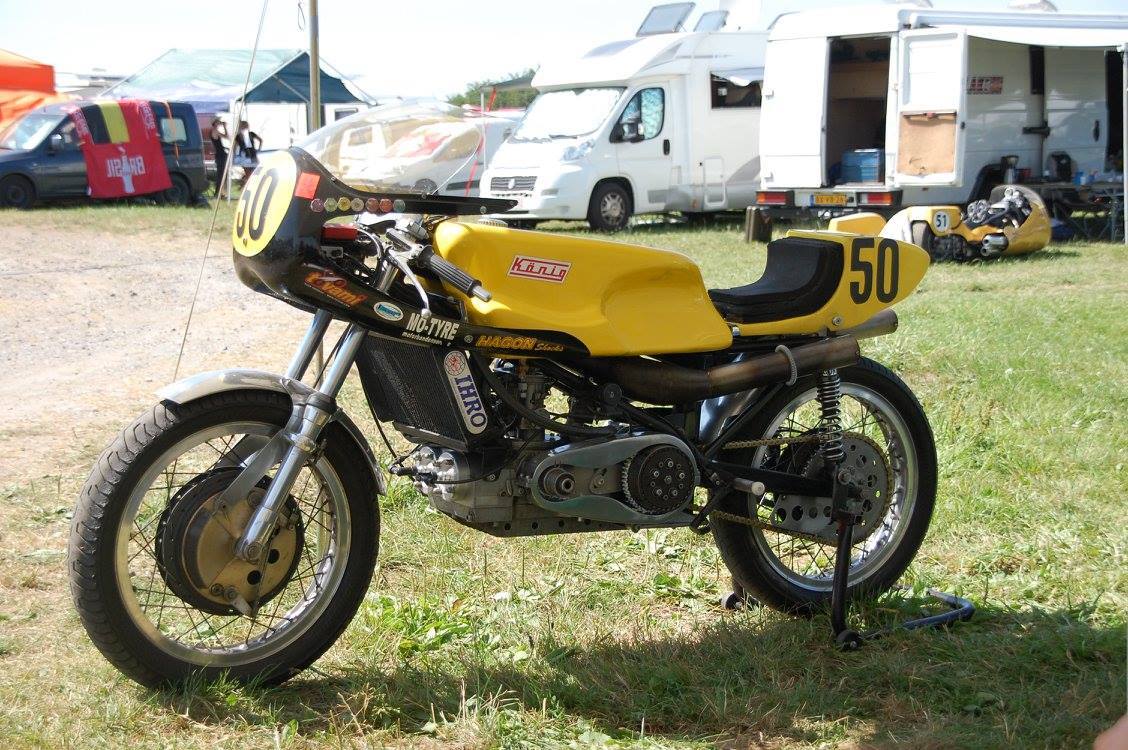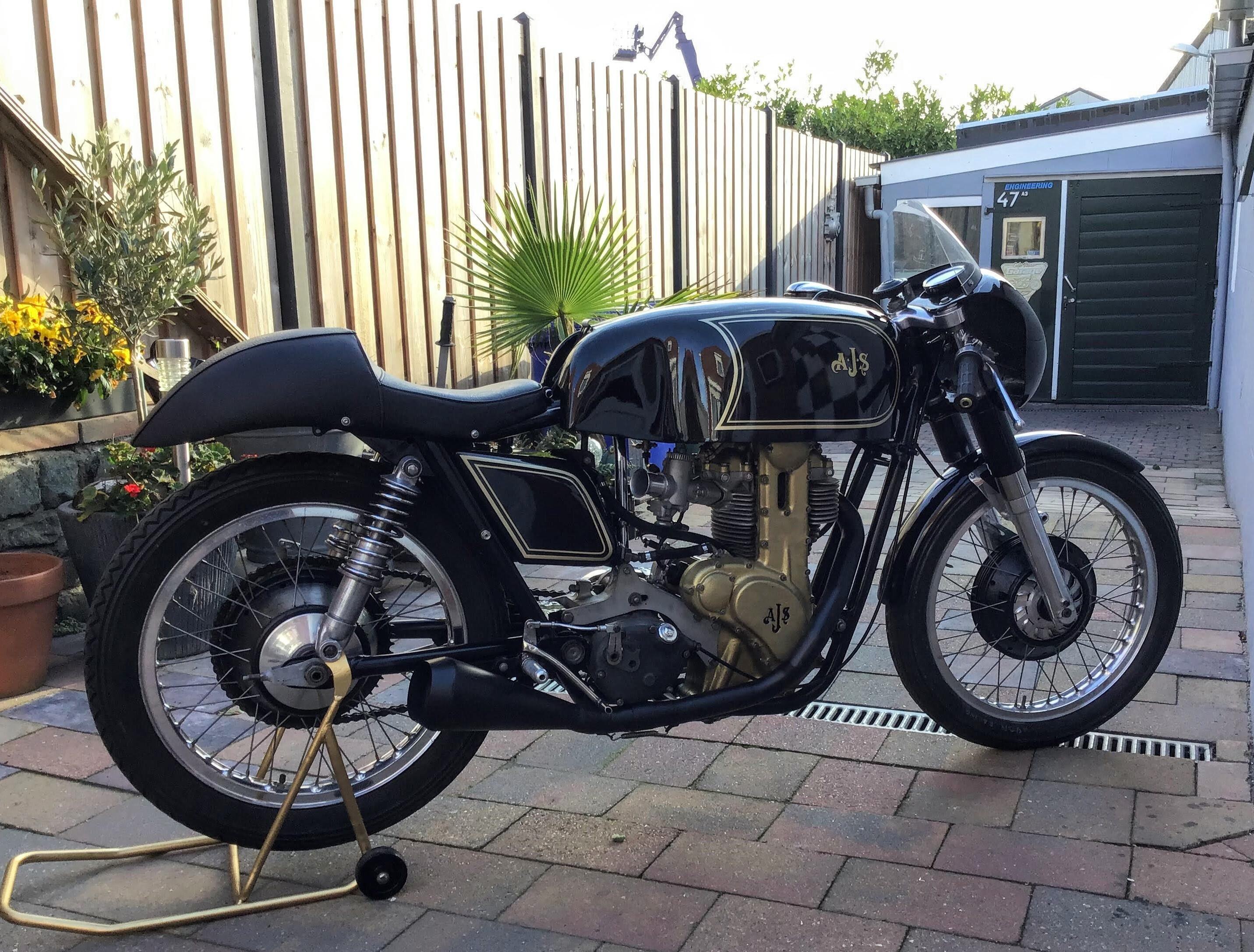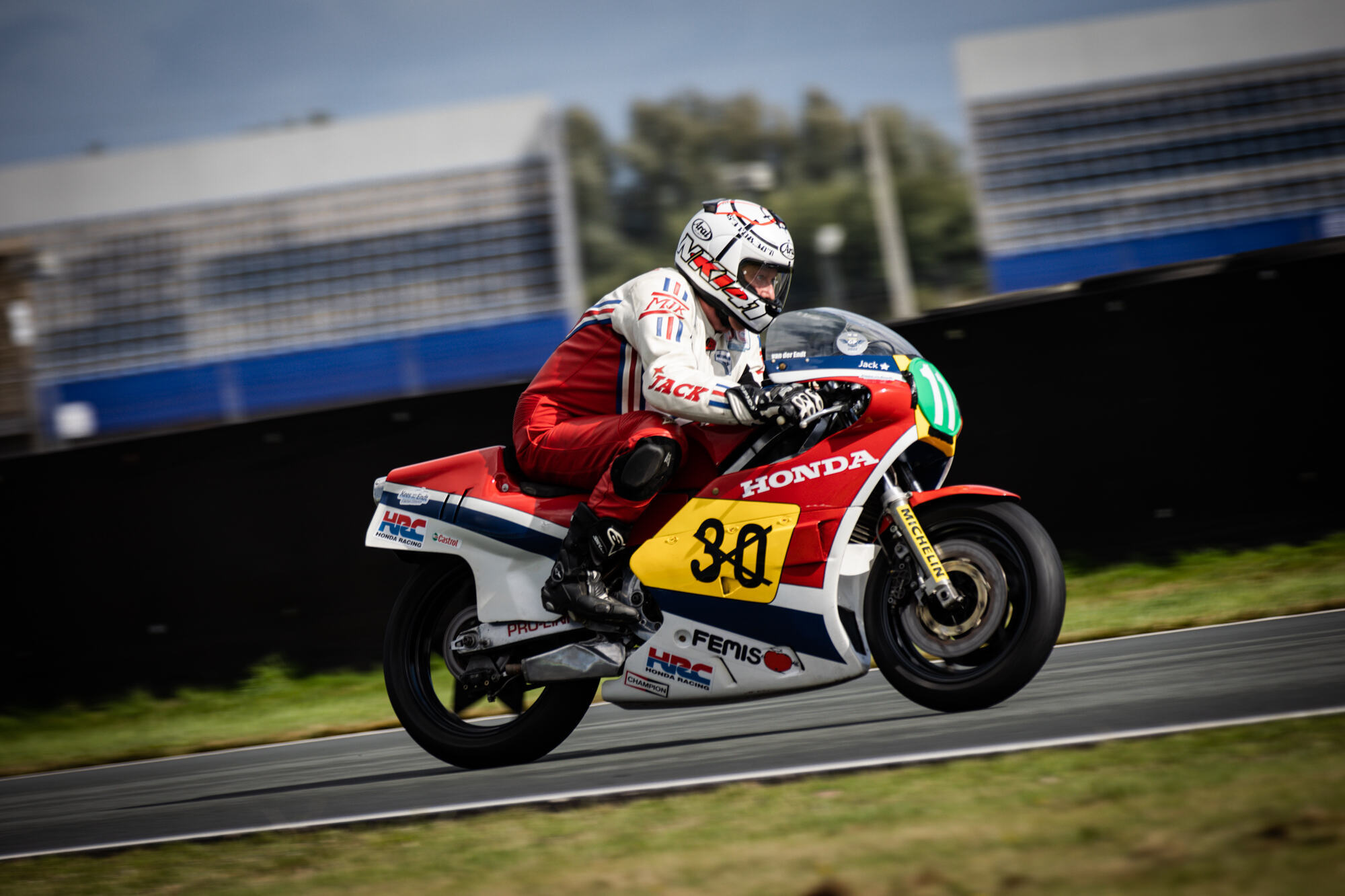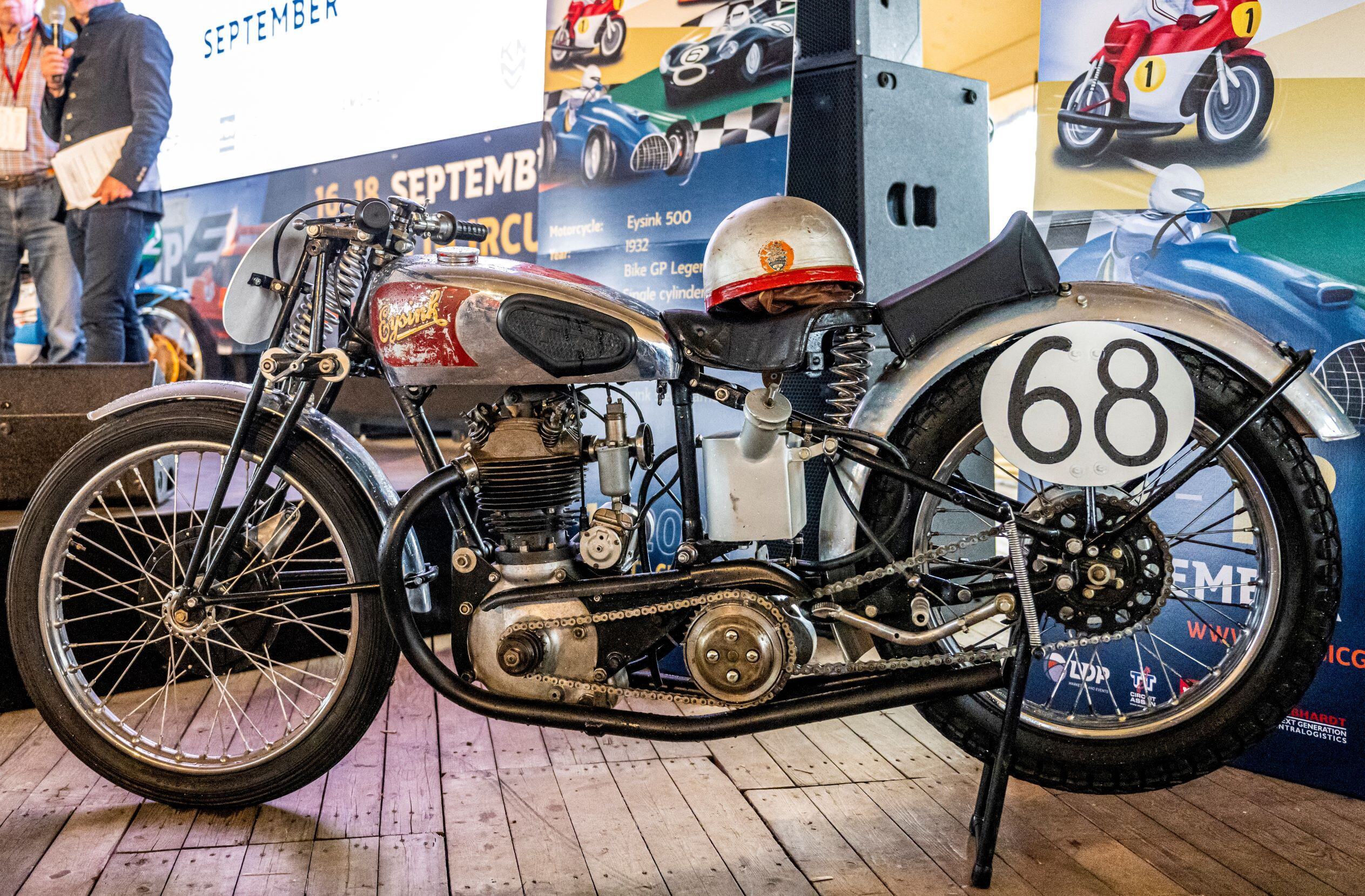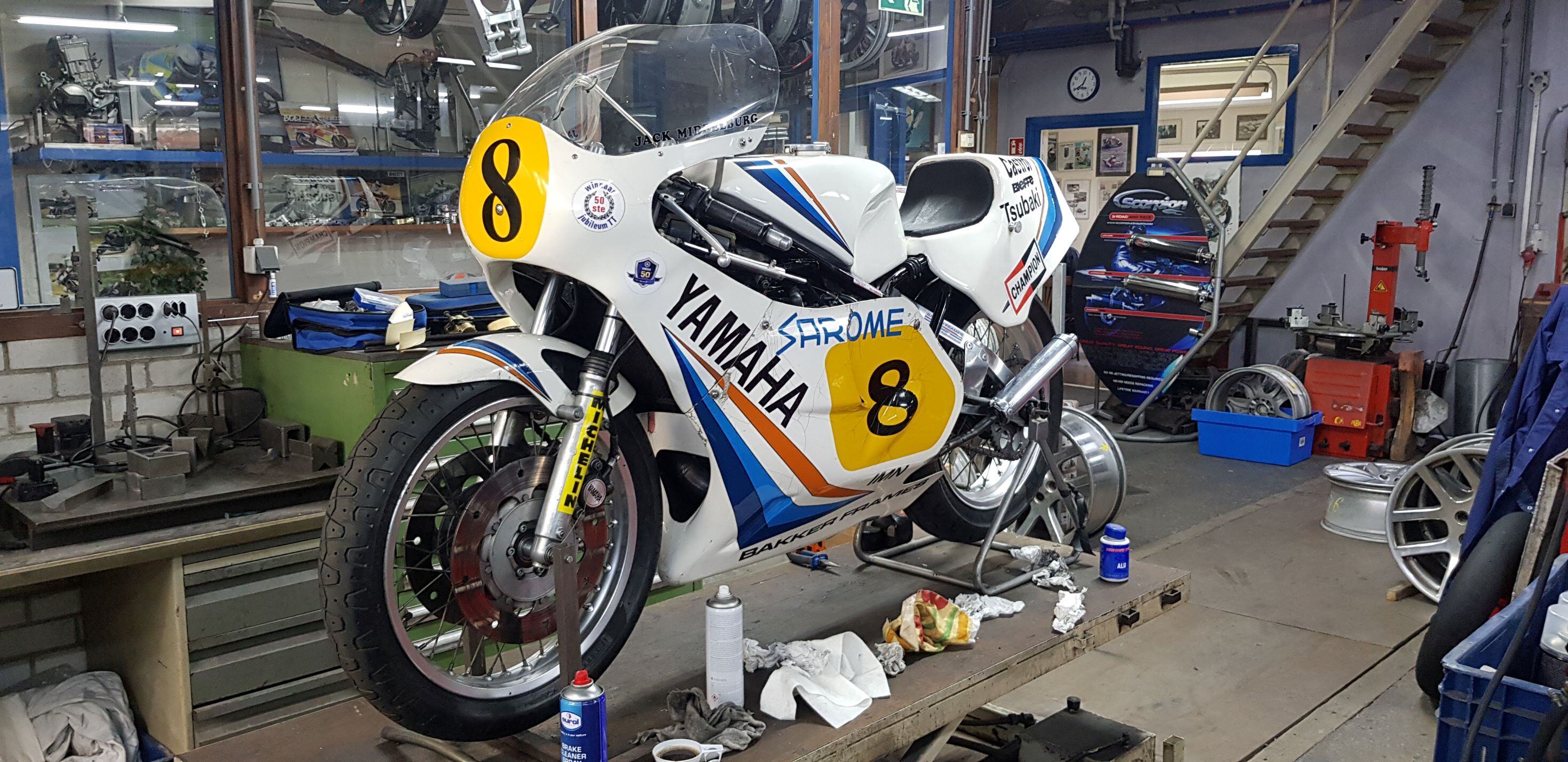1999 HONDA NSR-V: PROGRESS FOR PREMIER CLASS PRIVATEERS
In 1995 Honda announced the development of a 2-cylinder 500 cc Grand
Prix bike which would become available to privateers. Since 1985 the
premier class had been dominated by 4-cylinders with privateers being
confined to race the ROC- and Harris-framed older versions of Yamaha’s
YZR 500 engines. With the NSR-V Honda introduced a cost-effective, all
new 500 cc Grand Prix bike which allowed ‘privateers on a budget’ to
compete in the premier class without being lapped every 10 laps by the
class’ dominator at the time, Michael Doohan, riding the V4 factory
Honda.
INSTANT TOP 10 HIT
Inspired by their previous success with the 3-cylinder 500 in 1983 and Aprilia’s recent introduction of the 400 cc V2 in the premier class, a bored-out 250cc GP racer, Honda’s aim was to build a twin-cylinder bike which, in accordance with the rulebook, was allowed to weight 30 kilograms less than a V4. Any deficit in horsepower should be compensated by a higher corner speed and better maneuverability. With two clinders positioned in a 100-degree V, sporting a single-side swingarm just like its 250 cc compatriot, the NSR 500 V weighed just 103 kilograms and produced 135 horsepower.
HRC entered the first NSR-V as a full-factory bike in 1996 promptly promoting Japanese 250 cc ace Tadayuki Okada to the premier class. Okada and the NSR-V immediately impressed, setting pole position as well as the fastest lap time in the first race of the season. Okada, clearly using different lines, riding ‘around’ the V4s on some parts of the track, eventually got over-excited and crashed out of his and the NSR V’s debut race. But a point was made. Okada and his V-twin were an instant top 10 hit in the premier class, finishing inside the top 10 no less than ten times during the 1996 season, collecting 3 podium finishes.
FIRST PRIVATEER PODIUM
For 1997 the Gresini team ordered an NSR-V for Brazilian Alex Barros while HRC continued its factory V2-effort with Japanese Superbike champion Takuma Aoki, promoting Okada to the V4. Four more NSR-Vs were entered by the Elf Tecmas, Millar MQP, Soverex FP and Padgett’s teams. In a season where Doohan won all but three GPs, 'privateer' Barros claimed a podium finish in Donington Park while Aoki claimed a top 10 result in each race he finished, including three podiums. Italian Doriano Romboni achieved a first podium for Aprilia’s V-Twin 500 as well.
By 1998 all Harris and ROC-framed YZR 500s were abandoned in favour of Honda’s new production V-twin. Nine different teams purchased and entered an NSR 500 V. Following Takuma Aoki’s career-ending crash in preseason testing, Spaniard Sete Gibernau took over the factory NSR-V claiming a sensational podium at his home grand prix in Madrid. Dutchman Jurgen van den Goorbergh, riding the ex-Barros NSR-V, became best privateer, achieving four top 10 results.
For the 1999 season a tenth NSR V-twin was added to the entry list with two NSR-Vs now using a different frame designed by Japanese constructor TSR. Following Doohan’s career-ending crash at Jerez HRC promoted Gibernau to the V4 and with that Honda abandoned its V2-factory effort. Spaniard Juan Borja took best NSR-V honours finishing 8th in the world standings followed by Haruchika Aoki on the TSR-framed Honda NSR-V.
21 NSR-Vs IN 6 SEASONS
By 2000 all NSR V-twins were
privately owned and entered while Aprilia had doubled up its V-twin
factory effort. Jurgen van den Goorbergh took eight top 10 finishes on
his TSR-Honda NSR-V including a fifth place at Donington Park, two weeks
after he had sensationally led his home grand prix at Assen for a
couple of corners. ‘The Flying Dutchman’ really gelled with the orange
Rizla-backed Honda V2, collecting more world championship points than
Sete Gibernau on a factory Honda NSR-V4.
In 2001 the lack of factory development of the NSR-V started to show with Haruchika Aoki finishing in 17th., even losing out to Kenny Roberts’ 3-cylinder Proton bike which Van den Goorbergh took to 13th. overall in the world standings. A year later the new MotoGP-class marked the end of Honda’s V-twin 500. Over the course of six seasons twenty-one NSR-Vs were made, offering privateers like Jurgen van den Goorbergh, Gary McCoy, Juan Borja and José-Luis Cardoso the chance to make a name for themselves and progress to factory or semi-factory teams in the premier class of Grand Prix Racing.
THE LAST 'FACTORY' NSR-V
This NSR-V was delivered in 1999 to the Dutch Dee Cee Jeans Racing Team. It was raced by German Markus Ober who was replaced by Australian Steve Martin after nine rounds with Spaniard David de Gea riding the bike at Brno and Imola and Frenchman Marc Garcia filling in at Valencia. In 2000, riding this bike, José-Luis Cardoso from Spain finished the season as second-best NSR-V rider behind Van den Goorbergh. It stood in Spain at Cardoso’s sponsor for twenty years before it was picked up by former Grand Prix mechanic Gerard Rike from Holland. Rike, the 1997 Dutch 250 cc champion, has brought the bike back to life and gave it the Repsol livery of Sete Gibernau’s 1999 bike, the last NSR-V run by the factory Honda team. The bike will debut at Assen during the Classic GP Assen Motorcycle Legends demonstration.



